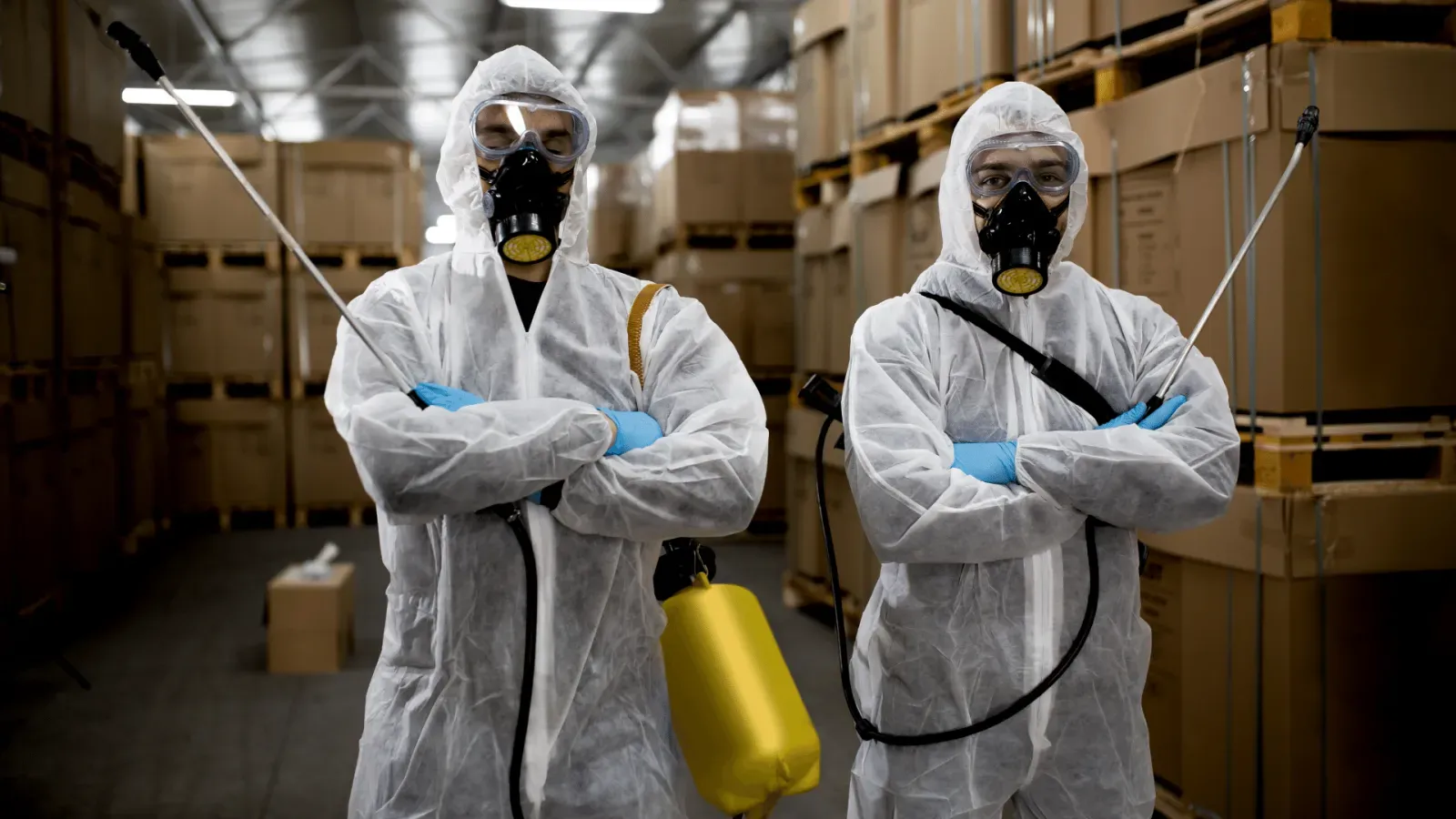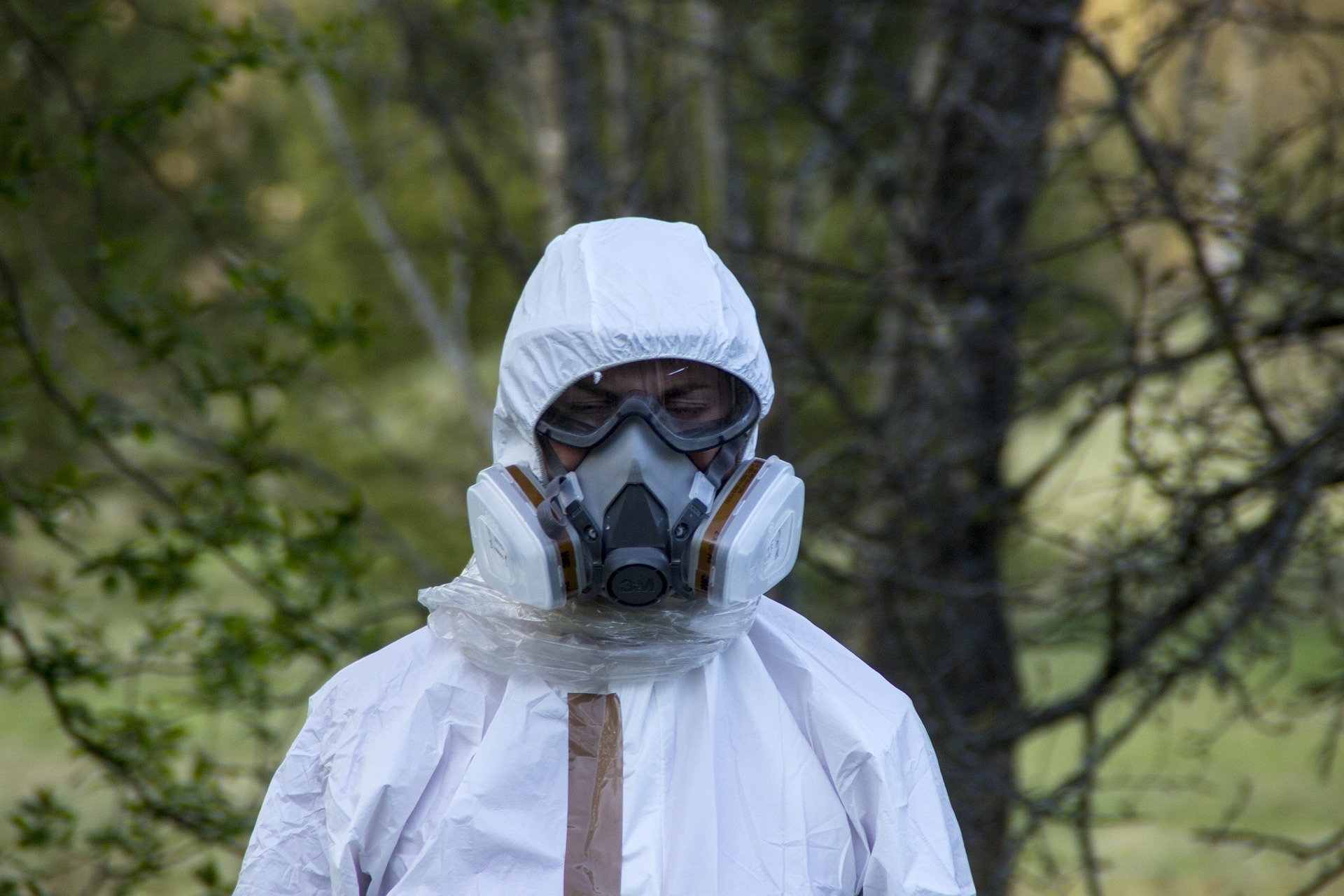

Asbestos has been used in the manufacture of building materials and other products for centuries because of its resistance to heat and corrosion. It has especially been favored in construction for fireproofing and insulation. However, in recent years asbestos has mostly become known for its carcinogenic properties. Given these exposure risks, the U.S. Environmental Protection Agency (EPA) and OSHA have attempted to regulate asbestos use, reporting and testing since the 1970’s.
The Misconception
Many people think that asbestos was totally outlawed in the eighties and that newer structures contain no risk for asbestos. However, that’s not true.
Asbestos Regulation
Asbestos was first regulated by the 1976 Toxic Substance Control Act (TCSA). This act allowed the EPA to create requirements for reporting, recording and testing certain chemicals, including asbestos. Under TCSA, the EPA made new requirements for the production, import, use and disposal of asbestos, but asbestos continued to be widely used through the 1980’s.
Many people are also familiar with the 1986 Asbestos Hazard Emergency Response Act (AHERA) that was enacted to protect students and staff from asbestos risks in schools. However, this rule only applies to school buildings and does not affect other industries.
In 1989 the EPA put in place the Asbestos Ban and Phase Out Rule which banned most asbestos-containing products. However, this Rule was overturned by the New Orleans Fifth Circuit Court of Appeals in 1991. The scope of the Asbestos Ban was greatly reduced by the appeal. After the court decision, only new commercial uses of asbestos were banned, as well as a short list of asbestos-containing products, including flooring felt, rollboard, corrugated paper, commercial paper and specialty paper.
Just this year the EPA put in place the April 2019 Final Rule to ensure that asbestos-containing products that are no longer available cannot return to the market without review and approval by the EPA. Before this rule, asbestos products not banned before 1991 could have returned to the market without any restrictions. Under the new Rule a long list of asbestos-containing products are now prevented from returning to the marketplace including:
- Adhesives, sealants and coatings
- Cement products
- Friction materials
- Pipeline wrap
- Reinforced plastics
- Roofing felt
- Vinyl-asbestos floor tile
- Many other building products
A full list of asbestos-containing products restricted by the 2019 Rule can be found here.
Materials that still contain asbestos
While many developed countries have placed a total ban on asbestos-containing products, the U.S. is not one of them. Asbestos can still commonly be found in building materials, clothing, automotive parts and other industrial products in the U.S. manufactured after the 1980’s. According to the U.S. EPA, the Agency is also currently evaluating the risk of continued asbestos use in a handful of products, including:
- Asbestos diaphragms
- Sheet gaskets
- Oilfield brake blocks
- Aftermarket automotive brakes/linings
- Other vehicle friction products (brake pads, for example)
- Other gaskets
What does this mean for your next building project?
By now it should be clear that asbestos-containing products are still a part of everyday life. Which leads to our next question:
Do you need to conduct an asbestos survey of your building before your next project?
The answer: Most likely.
Both OSHA and the USEPA’s NESHAP (National Emissions Standards for Hazardous Air Pollutants) standards regulate renovation and demolition of buildings with asbestos-containing materials.
- Under NESHAP, the EPA only regulates projects where materials contain greater than 1% (> 1%) of asbestos. However, you’ll still likely need to notify relevant agencies of your project, regardless of asbestos status.
- If any amount of asbestos is present, you may have more obligations under OSHA because of worker protection requirements.
In sum, it’d be smart to get a survey. Chances are, even newer buildings contain some asbestos products, so it’s better to get the building surveyed to make sure your project is in compliance and workers and occupants aren’t at risk.
related blogs

Why Indoor Air Quality Investigations is a Necessity in These Times?

Few Important Tips to Help You Select Environmental Consulting Services!




